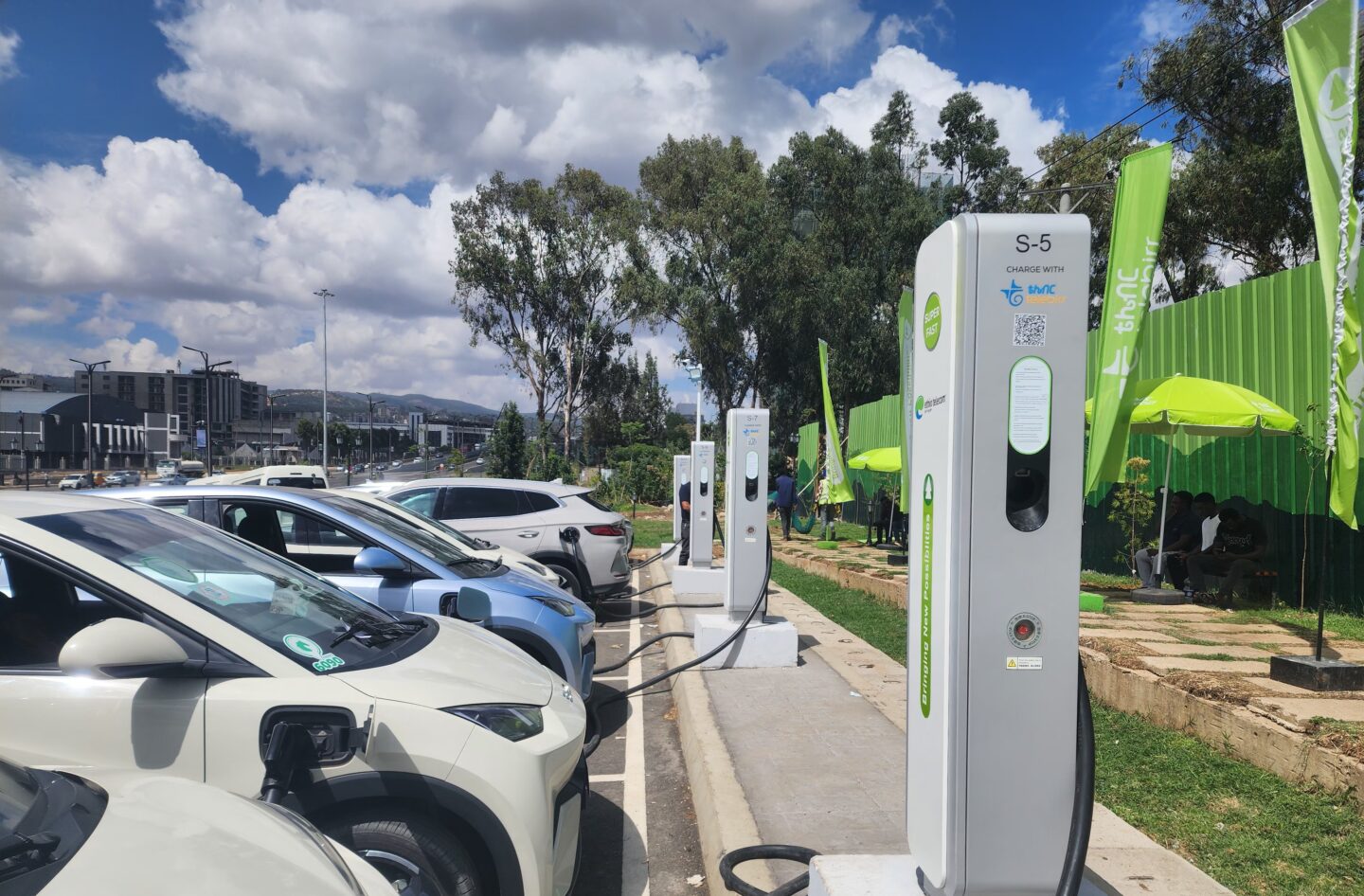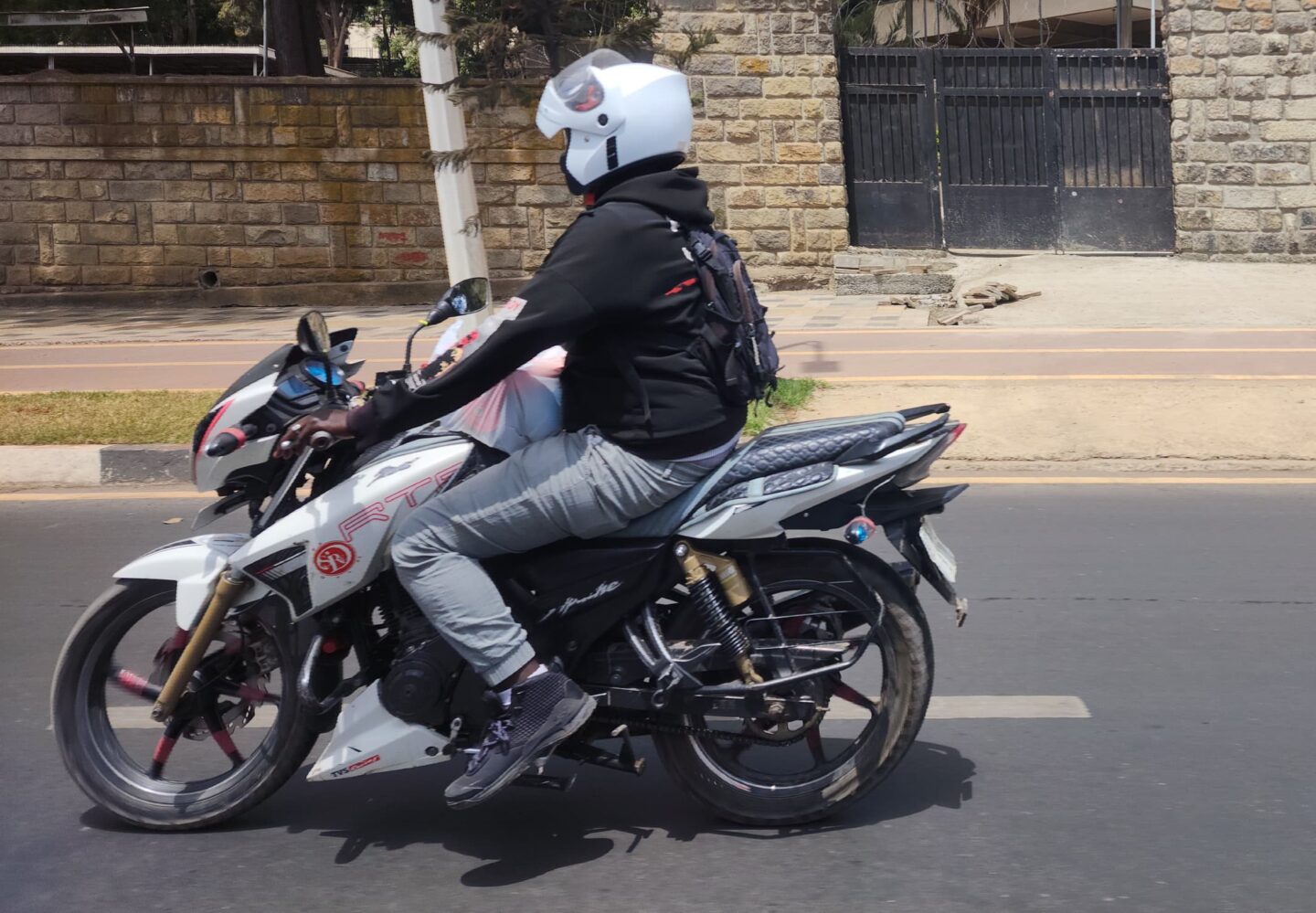As Ethiopia’s rising fuel prices eat into his daily earnings, motorcycle taxi rider Teshale Natnael says an electric scooter would be the “perfect solution”. But there’s a hitch.
“We don’t have electricity in our village,” Teshale, 25, said as he sipped from a steaming cup during his coffee break in Dubancho village near Yirba, a small town in the Sidama region about 350 km (220 miles) south of Addis Ababa.
Ethiopia became the world’s first country to ban imports of non-electric vehicles last year, putting it at the forefront of African countries’ bold ambitions to foster the switch to electric vehicles (EVs).
Since the ban, more than 100,000 EVs have been imported, according to the transport ministry, which wants to reach 500,000 by the end of the decade. The government has also been offering tax breaks and other financial incentives to encourage local assemblers to enter the market, which is mostly dominated by foreign imports and companies at present.
They include Chinese EV giant BYD, which has partnered with Ethiopia-based MOENCO to roll out five car models in Ethiopia, Africa’s second-most populous country. Other foreign-owned firms have opened EV manufacturing and assembly plants, or are building charging infrastructure.
But while rows of shiny EV charging points and dozens of electric buses can now be seen in the streets of the capital, it is a different story in rural areas.
Despite rapid progress to increase electricity access over the last decade – only about half of Ethiopia’s 120 million people are connected to the national grid and other off-grid decentralised systems. Those still without access mainly live in rural areas, according to the World Bank.
Governments agree green shipping targets and fees for missing them
It is a similar picture across Sub-Saharan Africa, where roughly 600 million people live without electricity, underscoring one of the biggest challenges facing the continent’s plans for greener transportation.
Off-grid, off-the-road
In places like Dubancho, the lack of mains power has made EV expansion a herculean task, Yizengaw Yitayih, sustainable mobility expert at the transport ministry, told Climate Home. Eventually, the ministry’s target is to have charging points nationwide that are no more than 120 km (74 miles) apart.
EV adoption is also being hindered by a lack of skilled mechanics and scant public awareness about EVs, Yizengaw said, adding that the government has submitted proposals for international funding to help it overcome such hurdles.
“If we get international loans or grants, we can expand charging stations to rural communities, thereby advancing the adoption of electric vehicles throughout the country,” he said.

Retrofitting fossil fuel vehicles is another growth area, Yizengaw said, and training centres are also being set up in the country for mechanics specialised in fixing electric cars, scooters and rickshaws.
EV distributors in Ethiopia welcome such policies, but say they can only make major inroads into rural areas if the pace of electrification accelerates.
At Dodai, a Japanese-owned electric motorbike manufacturer based in Addis Ababa, Deputy General Manager Hilina Legesse said rural expansion did not make sense for the company at the moment.
At electric rickshaw taxi manufacturer Woda Vehicle Manufacturing Plc, product distributor Assefa Legesse said developing rural markets “will be difficult”.
Loss and damage fund to hand out $250 million in initial phase
Fast-evolving vehicle technology could help bridge the gap, he added, with options such as solar panels installed on EVs potentially bypassing the need for mains power.
Higher purchase costs and lack of access to financing are also bigger obstacles to EV adoption in the countryside, where there are fewer banks and wages tend to be lower.
The taxi rider Teshale has only been making about 900 birr ($6.90) per day since the state began removing fuel subsidies in 2022, meaning he could ill-afford to buy an electric two-wheeler costing between 150,000 and 200,000 birr ($1,100-$1,500). His current, petrol-powered motorbike cost him a fraction of that to buy.
Some local credit companies are partnering with foreign EV makers to offer financing. Ethiopia-based Mobilit-E, for example, offers loan plans including a programme requiring a 20% down payment to buy a BYD car.
Rethinking Africa’s transport
EVs can be viable in rural areas, said Shantha Bloemen, managing director at Mobility for Africa, a for-profit social enterprise that provides green mobility services to rural communities, but investment is needed in research and development to design solutions to the challenges they face outside the cities.

Bloemen’s organisation has been working on battery-powered tricycles that have stronger batteries and tyres so they can adapt to rural roads. It also trains local technicians to handle maintenance, set up solar-powered charging stations and offer lease-and-pay options to people working in agribusiness.
At the moment, Bloemen said, governments in Africa do not “seem to have the EV vision” – working only to replace vehicles rather than rethinking transportation. She urged policymakers to focus on building holistic transport ecosystems involving all relevant stakeholders.
“It’s not just the ministry of transport, it’s the ministry of energy, industry, local government, finance, and getting them all together on the same page is slightly difficult,” she said.
Beyond anxiety: Teens’ mental health suffers on Africa’s climate frontlines
At Dodai, Hilina said Ethiopia’s transport policies “are not conducive” to electric scooter sales, citing complex vehicle registration bureaucracy and a rule that prohibits the use of two-wheelers on major roads. She said the restriction meant the company mainly sells its bikes to city-based gig workers.
Bloemen said existing transport deficits in rural areas, which are often also the hardest hit by the effects of climate change, should give impetus to their participation in the green transportation revolution in tandem with big cities.
“It shouldn’t be an either/or,” she said. “It shouldn’t be we’ve got to do urban and then we’ll do rural, no, why do we need to wait? We can multitask.”

